Enabling the transition
Delivering our Net Zero Transition Plan requires more than technological solutions alone. To turn ambition into action, we are reliant on the underlying enablers that will make delivery possible.
The five enablers set out below, are all critical to deliver on our targets and build long-term resilience and value:
1. Strategic financial integration and the cost of transition
Progress depends on fully embedding our transition plan into financial decision-making and business planning. This means aligning budgets and investment decisions with decarbonisation targets, modelling different scenarios, and assessing material risks and opportunities. To drive delivery we have included specific emission reduction targets in the company bonus arrangements for senior leaders.
The acquisition of Oregon Timber Frame is one example of how the transition is integrated into financial decision making, strengthening control over low carbon construction methods. We are also integrating climate risks into financial frameworks, and investing in R&D to scale new technologies. Policy engagement and partnerships play a key role in ensuring costs and benefits are distributed fairly across the value chain, which we continue to drive through the Future Homes Hub.
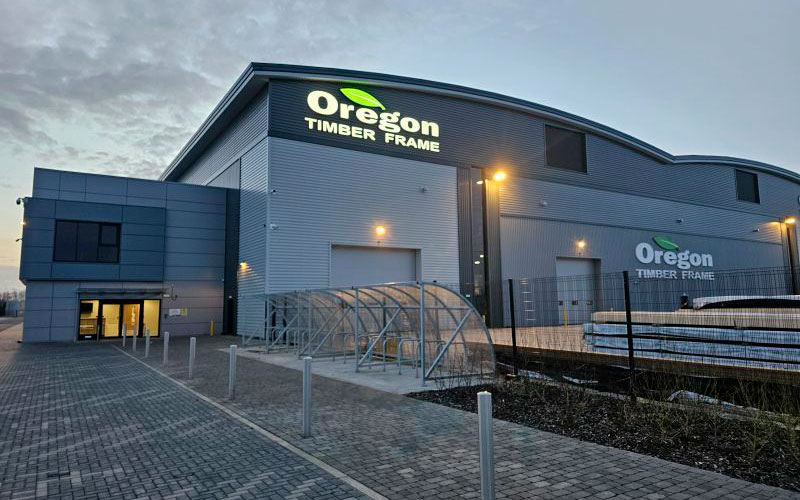
2. Innovation and delivery
Innovation is central to delivering change at scale. This includes testing and scaling new low-carbon technologies, embedding innovation across operations, supply chain, and customer experience, and ensuring consistent delivery.
We have a strong governance structure with clear decision-making frameworks, while cross-functional collaboration ensures practical solutions are joined-up and scalable. Testing and learning, using feedback loops and data insights, allows continuous improvement. This culture of innovation helps turn pilot projects into embedded practices that drive long-term impact. See our Energy House case study here.
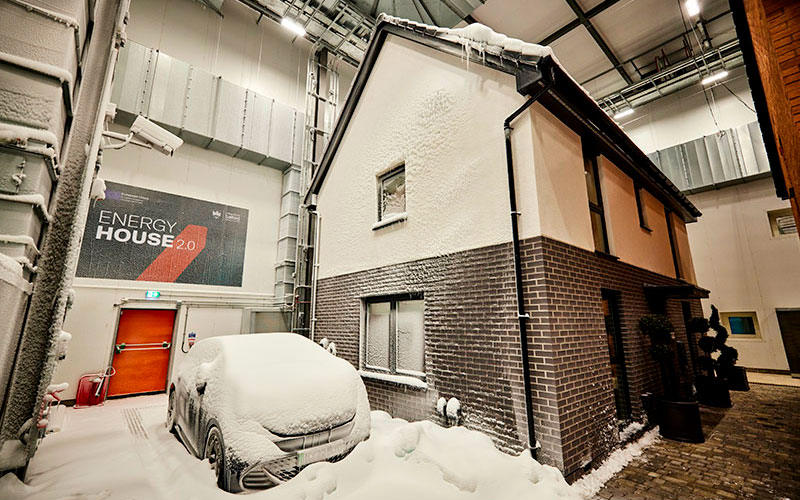
3. People, skills and culture
Our transition to net zero depends on the people who will deliver it. Building the right skills across the workforce and supply chain, and fostering a culture of sustainability, is critical.
We are planning for future workforce needs, both within our business and across our value chain, as we adopt new technologies and construction methods.
We are improving our governance framework and internal tools to clarify accountability and strengthen ownership of net zero delivery across teams. Culture change also means embedding sustainability into everyday decision-making, aligning incentives and remuneration with climate goals, and ensuring inclusivity. A just transition requires supporting industries and communities most affected, such as those reliant on high-carbon occupations, and helping them move to new low-carbon opportunities.
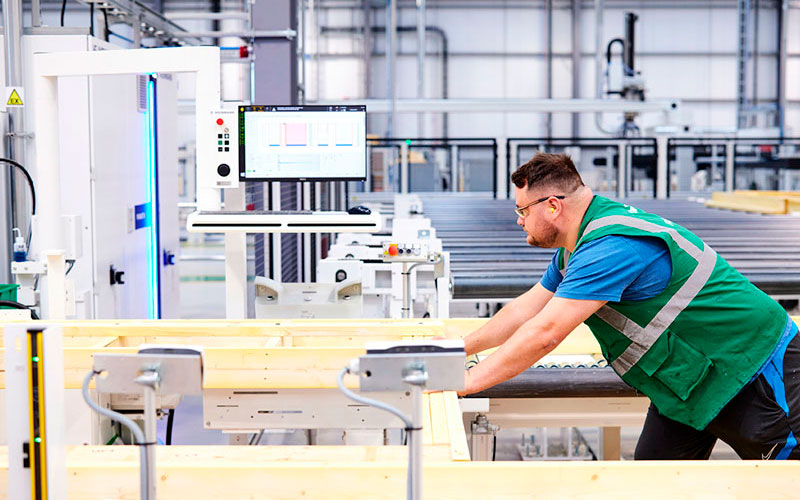
4. Robust and transparent data
Reliable data underpins the Net Zero Transition Plan, enabling accurate measurement of progress and accountability. Systems are being improved to continuously capture emissions data across operations and supply chains, giving clearer insights into performance and risks.
Work includes enhancing quantity-based reporting, using environmental product declarations (EPDs) to better understand embodied carbon. Spend-based reporting estimates emissions using the amount of money spent, which can be inaccurate due to price fluctuations and doesn’t reflect actual material or energy use. This differs to quantity-based reporting, which is based on real usage data and provides a more precise emissions footprint. We are also investing in data systems, embedding consistent governance across operations and reporting is being aligned with evolving regulatory standards and investor expectations.
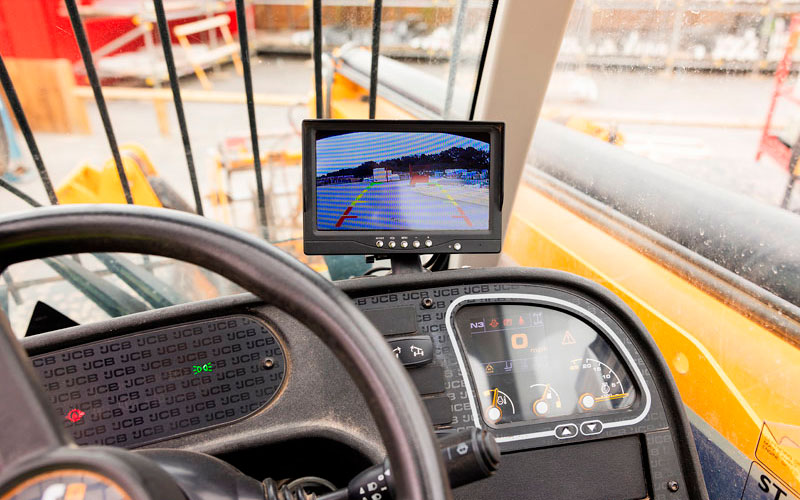
5. Stakeholder engagement
Delivering net zero requires collaboration with those who influence or enable progress, both within and outside Barratt Redrow’s direct control. Our emissions extend throughout the value chain, so engaging customers, suppliers, colleagues, investors, and communities is essential to overcome barriers and unlock opportunities.
Stakeholder input has already shaped the transition plan, and ongoing collaboration will be vital for delivery. This engagement also supports the wider company purpose: helping make sustainable living a reality and building stronger, more resilient communities. See how we engage with our stakeholders here.
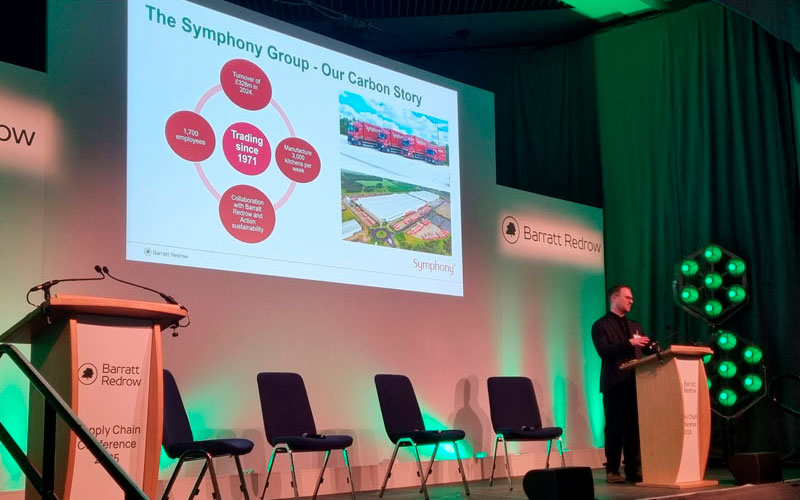
Overcoming challenges and barriers
In order to successfully deliver our transition to net zero, there are critical challenges and barriers to overcome. Our transition plan is shaped by a range of factors including policy developments, technological advancements, and market conditions. Some of these elements remain outside of our direct control, but we are taking active steps to mitigate these barriers and influence change, as outlined below.
| Challenges and barriers | Our response | |
|---|---|---|
 |
Effective regulation: Absence of regulatory clarity required to achieve net zero, with uncertainty over future standards, implementation timings and transition periods. |
|
 |
Clear targets with time to deliver zero carbon homes: Without a defined and clear roadmap, and a consistent approach to measurement and reporting, it is challenging to build confidence and unlock investment at scale. | |
 |
A decarbonised grid: Our ability to reduce emissions relies on the UK decarbonising the energy grid by 2030, in line with national targets. Delays to grid reform pose a material risk to all-electric developments, and to our suppliers who also require a decarbonised grid to achieve their goals. | |
 |
Net zero ready skills and supply chains: The construction sector faces a skills shortage. Addressing this requires a clear view of the skills gap, targeted investment in future capabilities, and support for retraining workers from high-carbon occupations. Supply chains need support adopting new technologies and meeting evolving low-carbon standards through training, standards and qualification routes. | |
 |
Confident consumers: Demand for energy-efficient homes is rising but trusted advice, accredited products, and clear, consistent messaging are needed to build confidence. |
|
 |
Clear standards consistently measured: Fragmented and inconsistent standards hinder progress. Customers need clear, simple measures supported by consistent environmental data and transparent methodologies. | |
 |
Impactful green finance: For home purchasers, green finance will drive and unlock consumer demand with energy efficiency built into affordability statements at the point of consideration. |
|
 |
Technology and policy dependence: Low-carbon solutions depend on emerging technologies (like electric plant or hydrogen infrastructure) not yet widely available. Trials, safety standards and supportive infrastructure are needed to accelerate roll-out and ensure long-term scalability. |
|
